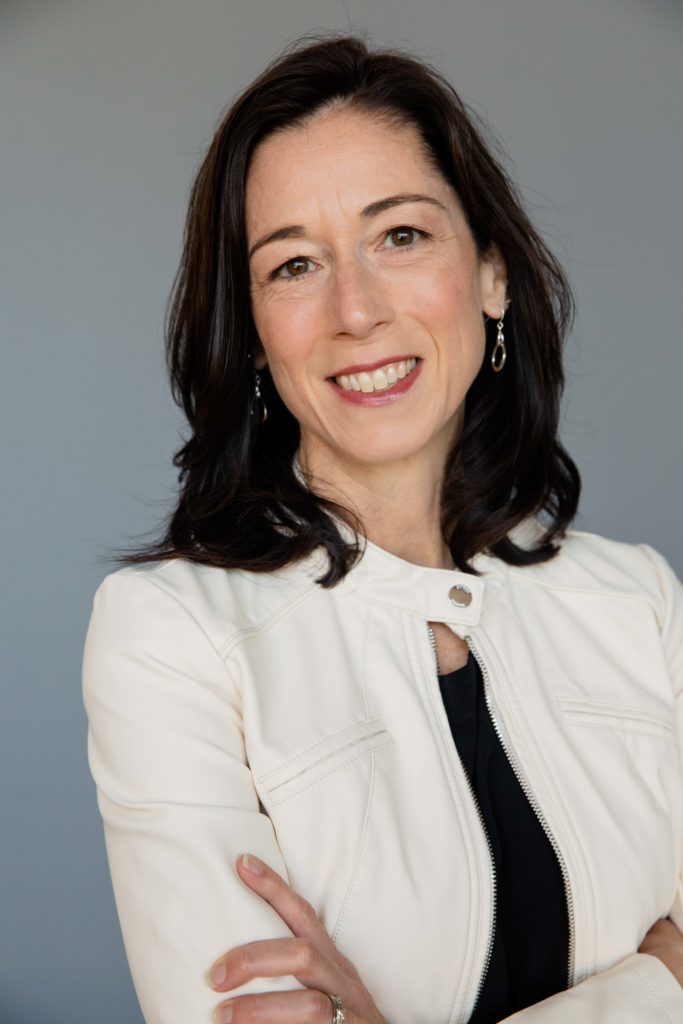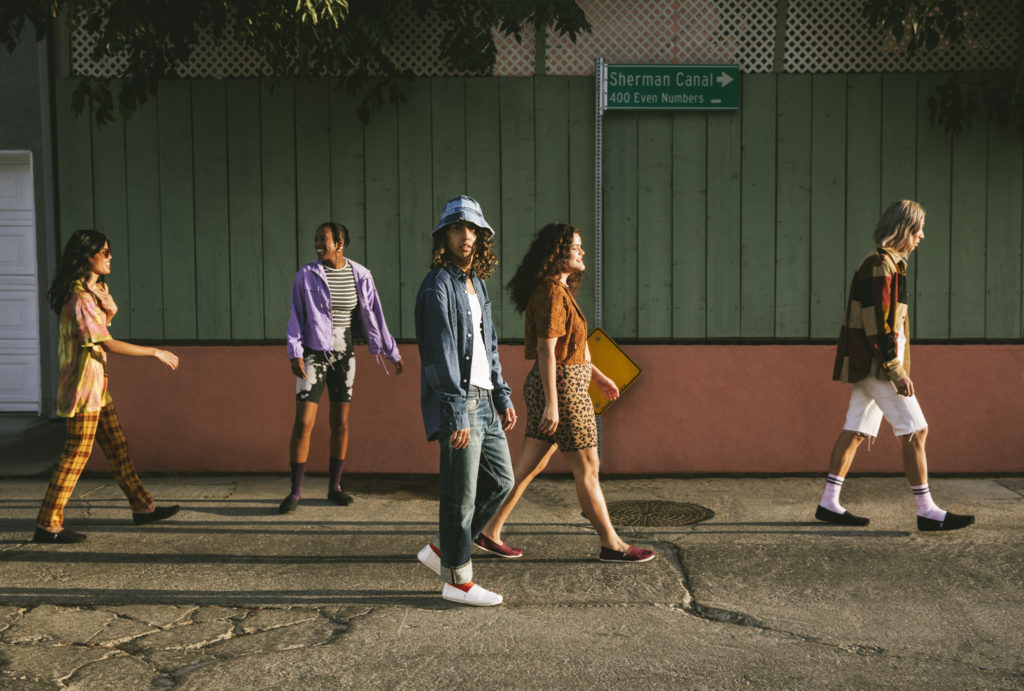How to update your brand’s game plan for improved social impact ft TOMS

These days the current fashion consciousness dictates that it is not enough to just have a cool fashion brand. Your brand must also consider and actively address the impact it has on the people and environments it operates in. Before it became part of the zeitgeist, TOMS is one brand that has been driven by purpose through social impact since its inception in 2006 with its one for one giving model.
An ambitious feat, giving away one pair of shoes for every pair sold sounds easier said than done, and along the way TOMS has faced their fair share of challenges and criticism with this model. In turn, TOMS responded with action to the criticism, tweaking, adding and improving the one for one model over the thirteen years it was in place for.
Their flexibility on their approach to giving back is why when business started declining, and TOMS almost went bankrupt in 2019, they announced they would be moving away from the one for one model to giving away 1/3 of their profits instead.
The shift from their previous strategy to their current one took over a year and a half from the initial announcement to implement. With new horizons on the way for TOMS, we spoke with Amy Smith, Chief Strategy and Impact Officer at TOMS, to find out more about what this process was like:

In general, what is something that stood out for you in the last year?
So much has happened in the last year – from a global pandemic to a racial justice reckoning – the world and our lives have been forever changed. We are not on a path back to “normal”, we are creating a new normal together. These changes can not be overlooked by companies and for the most part – they are not. Mostly I see companies and organizations really considering what is happening around them. They are thinking about their role in contributing to a better tomorrow. This rise of responsible business has been extremely uplifting, especially from the perspective of a global brand that leads a larger movement to better the world.
My hope is that many more businesses follow suit, because I firmly believe that the more we, businesses and the non-profit community, work together on the challenges facing our communities, the more quickly we will see the changes necessary for a thriving humanity – something TOMS is very committed to helping to create.
What does introspection look like for TOMS as a company?
Introspection is something we have been committed to from the beginning. TOMS is in business to improve lives. We take this mission very seriously. Asking ourselves “Are we having the greatest impact possible with our giving?” is a critical part of the introspection process at TOMS. The answer to this question guides our work every day and was the main driver to evolving our impact model.
Listening to our partners and looking at our learnings from past years, we have realized that our communities are facing very different challenges today than they did when TOMS had first started. We saw this as an opportunity, if not responsibility, for us to evolve and so we now give ⅓ of profits to grassroots good. This new impact model allows us to impact even more lives and address the most pressing issues facing our communities today. None of this would have happened if we were not regularly reflecting on our impact work, asking our impact partners for feedback and learning about the issues facing the world around us. Business as usual is not an option. As a business building muscle to reflect, evaluate successes and learnings and adjust is the way to create great impact.
We are particularly proud of our most recent impact report, which marks our 15th anniversary because it celebrates the fact that we have impacted over 100 million lives since TOMS was founded. It was a great opportunity to look back and to provide a look ahead at what the future of TOMS looks like.
What does a more equitable world look like for TOMS?
At TOMS, our vision for a more equitable world, is one where all people have a chance to thrive. To us this means no matter who you are or where you live you feel safe, mentally healthy and have access to opportunities that help create a fulfilling life. We have chosen the word equity very intentionally. Instead of giving everyone the same thing (equality), we work with our impact partners to understand the unique needs of their community and support what they really need. Rather than working with a ‘one-size-fits-all’-solution, we are tailoring our support to their specific needs.
Grassroots organizations and their leaders have the vision, strong networks and tactical ideas on how to address their community’s challenges, but they don’t always have the resources. That’s where we can help.
Based on past learnings, extensive research and conversations with partners and supporters, we are focused on supporting some of the most marginalized groups, particularly Black, Indigenous and People of Color, LGBTQ+, and Women & Girls. We mainly support grassroots organizations that work in the areas of mental health, access to opportunity and ending gun violence (in the US).

Mental health, gun violence, homelessness and women’s rights are issues TOMS has decided to hone in on. Why were these specific issues important to you?
We focus our giving efforts around the areas of mental health, access to opportunity and ending gun violence (in the US), all of which are foundational elements to creating equity and critical determinators of thriving communities.
People who are given the opportunity to do meaningful work, or are provided with mental health services, will be able to start building their future in a positive, supported way. A great example of this is our giving partner Homeboy Industries, the largest gang rehabilitation program in the world. The funding from TOMS helps them provide mental health and trauma services to individuals that have been formerly gang-involved or incarcerated, supporting them in redirecting and rebuilding their lives.
Was it a smooth transition to pivot from the one for one model to giving away ⅓ of TOMS profits instead? And what did you find was the key in making this process easier?
Giving ⅓ of our profits to grassroots good, instead of giving shoes, was an important decision for the future of TOMS impact. It was a process that we did not take lightly and something that took us over a year to work through. Although we have been doing research, talking to partners and testing ideas for nearly two years now, we initiated in earnest last year, as a response to the impact of the pandemic on communities worldwide. Shifting our giving strategy to providing relief from the negative effects of Covid-19, we directed ⅓ of profits to support mental health services, hand washing stations, and PPE in low-income and under-resourced communities. Over the course of eight months, and because of the power of our supporter’s purchases we were able to generate $2 million, allowing us to create meaningful impact in areas that were relevant to everyone in a nimble, timely way.
The success of this test run inspired us to make the bold decision to further evolve our impact model. I’m very grateful to be surrounded by an impact team at TOMS that brings together experts from fields such as non-profit management, public health, and international development, who have been leading this evolution in a thoughtful way. The extensive assessment process to identify existing and new grassroots partners that will have the greatest impact within our grant-based giving model is based on application reviews, deep background research and interviews, and focuses on three elements that are very important to us: local expertise, sustainability of the programming and an innovative mindset.
All that said, one of the most important and recurring elements throughout this whole process is that we listened. We listened to our supporters to find out what they really cared about, and to our giving partners to understand how we could most effectively support them. Our commitment is to provide our impact partners what they need to create equity not what we think they need. We acknowledge the power of collaboration and the expertise of community leaders. This is what makes this grassroots approach so powerful.
Discover more from GUAP’s Fashion section here





![ZINO VINCI’S ‘FILTHY & DISGUSTING’EP BRINGS YOU TO THE CORE OF THE ARTIST [@ZinoVinci]](https://guap.co/wp-content/uploads/2023/10/Zino-4.jpg)



